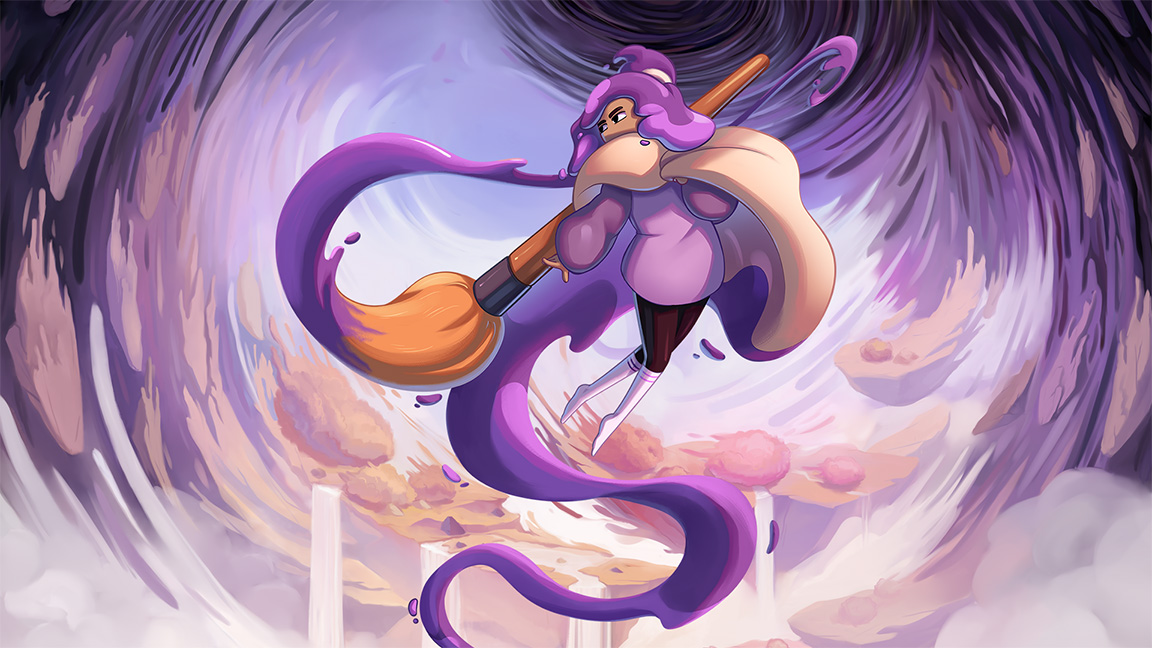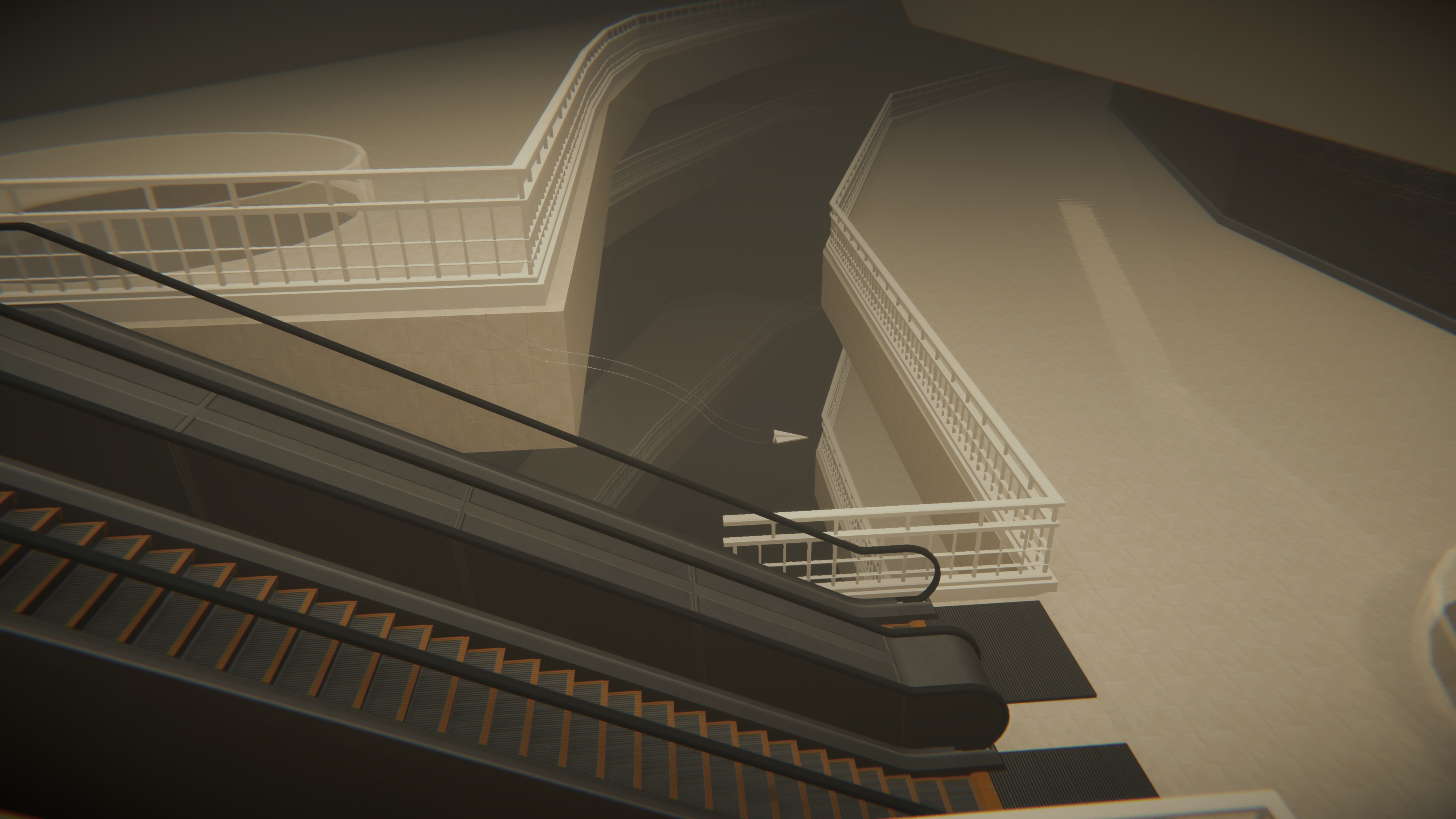
Playing through the demo of Drifted, where you control a paper plane gliding continuously through the air along mostly monochrome and oppressive environments, with prison bars, barbed wire fences, and the sound of machinery, I can't help but be reminded of indie studio Playdead's masterpiece Inside.
I mention this to Drifted's solo developer Chi Hu, who's developing and self-publishing as UrbanFox, and he says it's a comparison he only realised when people began pointing it out. And that's now increased the pressure on him to meet expectations, he tells me (if you're starting out on your own adventure in game design, see our picks of the best game engines and the best laptops for game development).
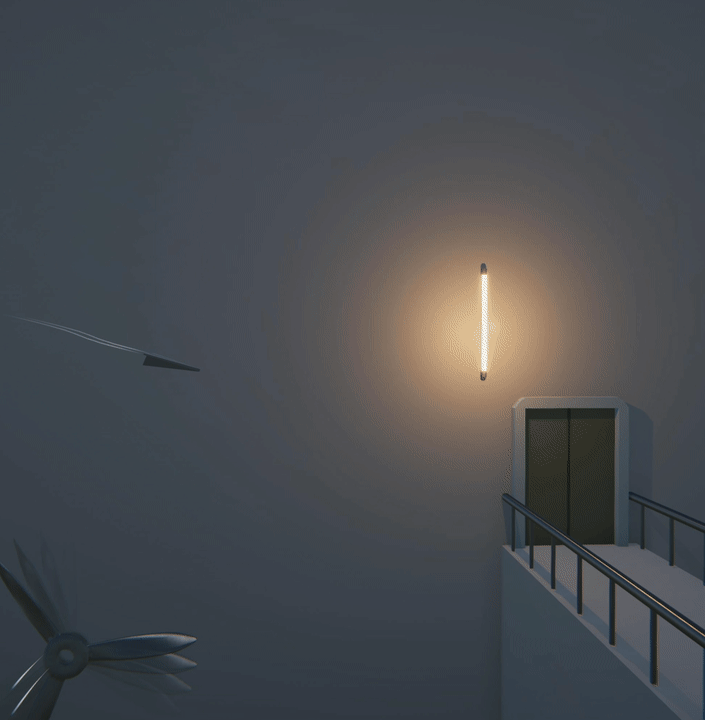
"Inside is one of my favorite games so I am very happy that people said Drifted resembles it," he says. "But it also means that I still need a lot more work to do, since Inside is one of the most polished indie games that masters minimalist storytelling in video games."
Moving from Taiwan to Japan to study film, Hu still wanted to pursue game development, but having previously gained experience working in other projects remotely, he also wanted to use Unity to try out smaller ideas that he could make by himself. Drifted then came about as a matter of working within limitations with an initial idea that involved a flying mechanic, and making something that could visualise it.
"If I were to use, say, a 3D humanoid character, I would need full rigging and animation work done, which was way out of my scope that I could accomplish on my own," he explains. "I came up with a simple, single-texture paper airplane - and it felt good to fiddle around and play with it. Since I was focusing on the gliding part, I slapped a fixed follow camera and built some whitebox obstacles the plane has to avoid."
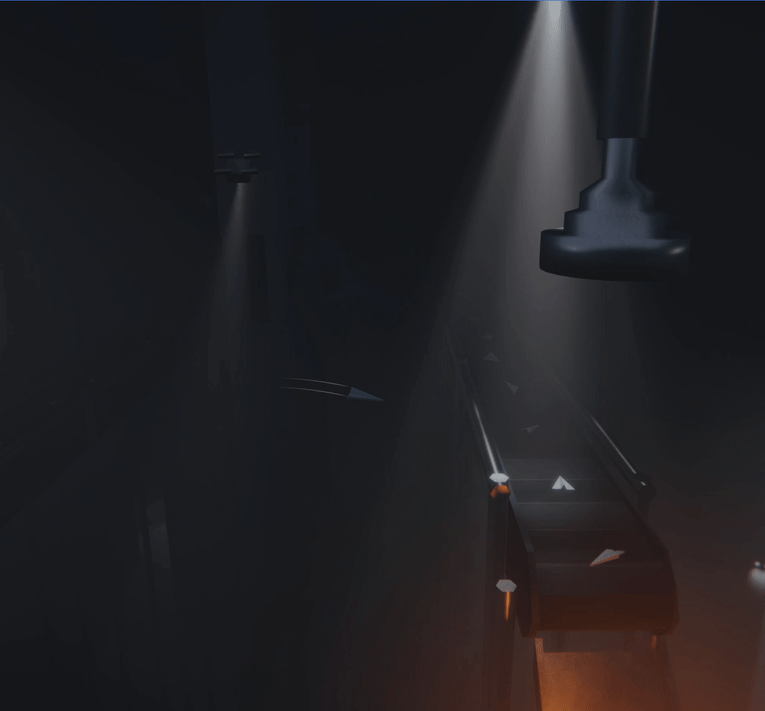
While early proof-of-concept levels built with ProBuilder consisted of environments with very simple solid colour textures, minimal lighting, and thick fog ("to conceal my lack of skills in 3D"), that minimalist art direction can also be seen in the demo, where stark lights and empty spaces help to conjure more in the player's imagination.
"I am really just a beginner in 3D modelling, so I tried to be practical when I was coming up with ideas of what environments I want to put in the game – simple, not too hard to create, and each area is distinguishable among others," Hu explains.
Daily design news, reviews, how-tos and more, as picked by the editors.
"Aesthetically speaking, I like to say it was a little bit affected by brutalism, however I would like to try more varieties in designing the world, that is if they fit the narrative inside the game’s world."
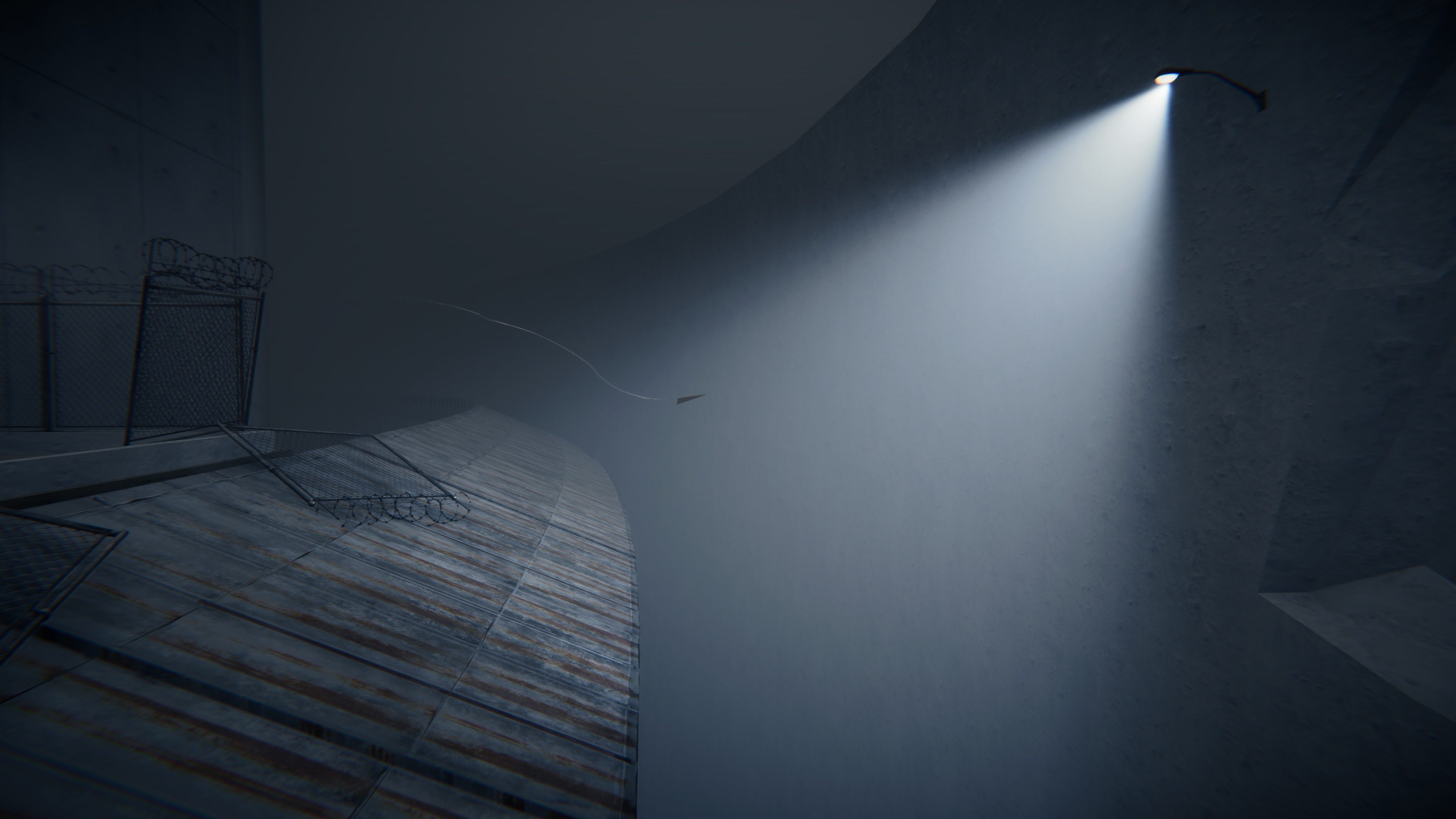
Certainly in the demo, you already get a sense of the variety, while not all areas are exactly oppressive, such as when you're gliding through an empty lecture theatre or concert hall with a grand piano on the stage.
If you're skillful enough to avoid crashing the plane into the environment and restarting at a checkpoint, the intention is that you can complete the game in one long seamless and continuous cut.
"As the player ventures into different areas, the colour changes, the ambient sound changes, and the composition of the camera changes, and I think altogether they deliver emotions to the player," Hu explains.
"I do like to create a world that is gradually descending, and as you are gliding, you also gradually lose height. By the time you realise, it is already getting lower than ever, and you start to wonder what comes next."
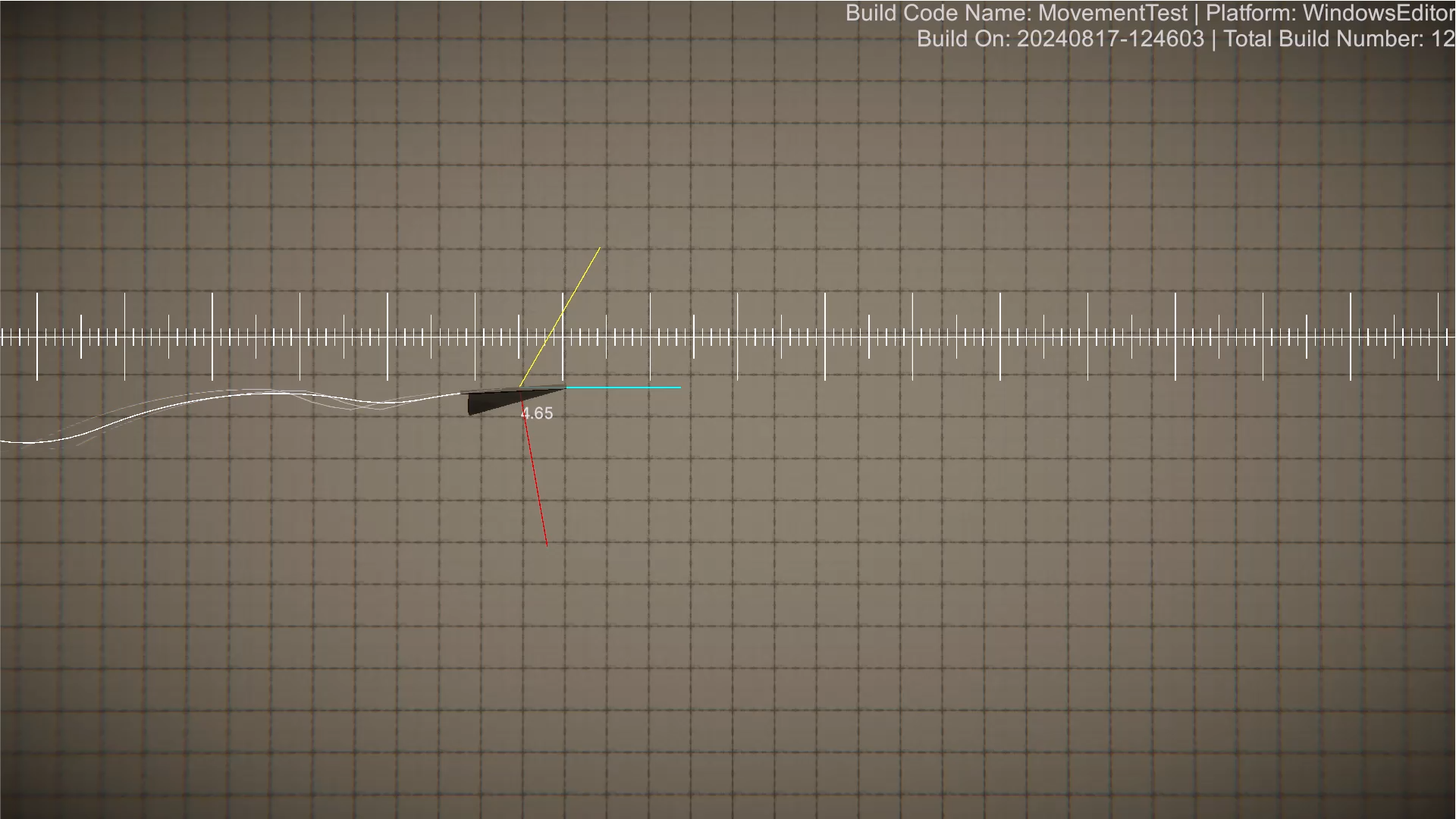
That idea of a visual and narrative descent was interestingly inspired by Spec Ops: The Line, where your gradual descent in the game's terrain also reflected the decreasing sanity of the protagonist. However, Hu also points to games like Little Nightmares, Journey, and Portal as narrative inspirations.
"They all use environmental storytelling brilliantly, and the flow of these games are very seamless with little to no cutscenes, and I would also like to create a narrative in a game that requires no text at all," he explains. "Having a paper plane that usually symbolizes innocence in a dark, vast, dystopian world also creates an interesting dynamic, and I think there are a lot of unexplored ideas here."
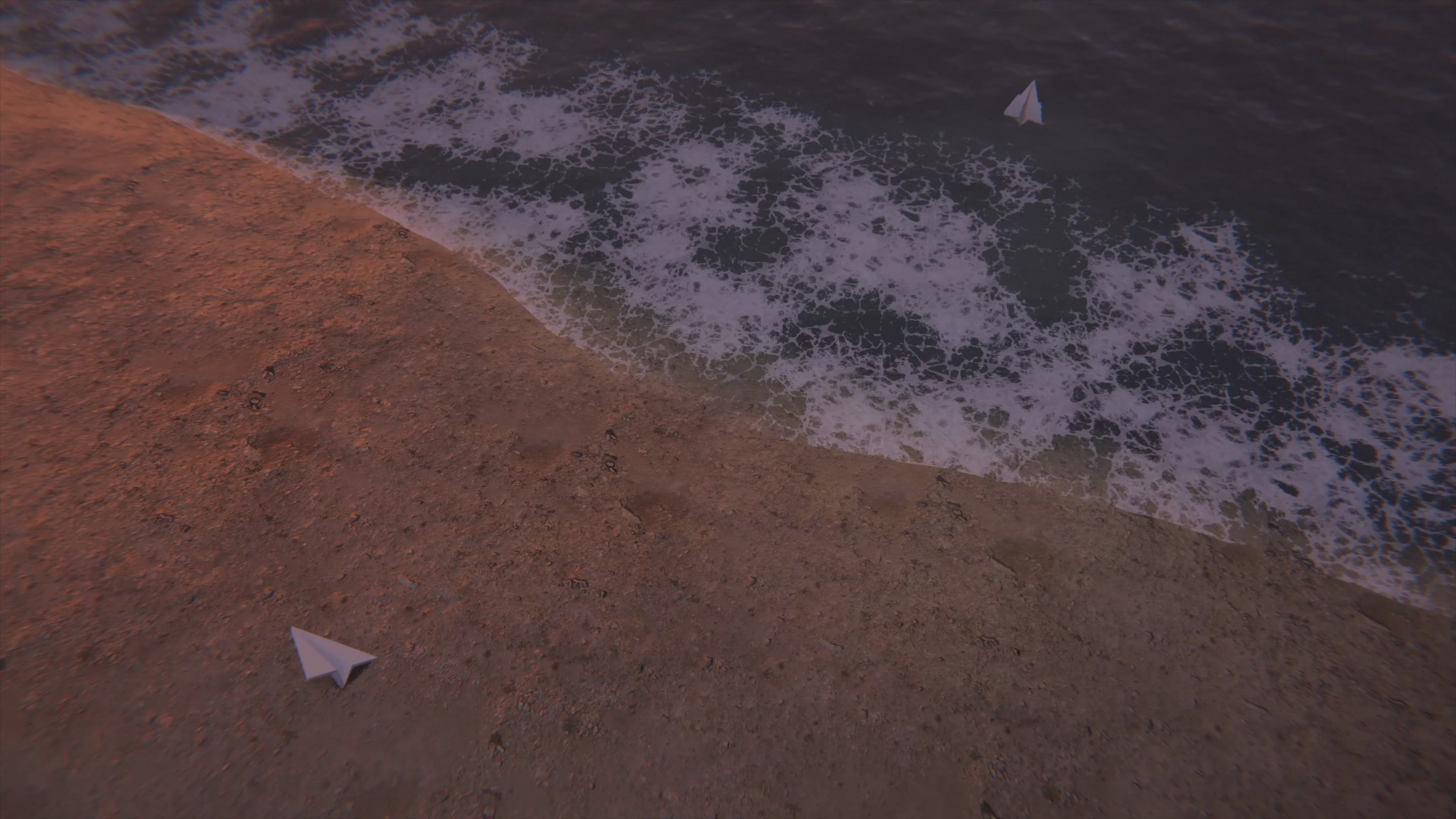
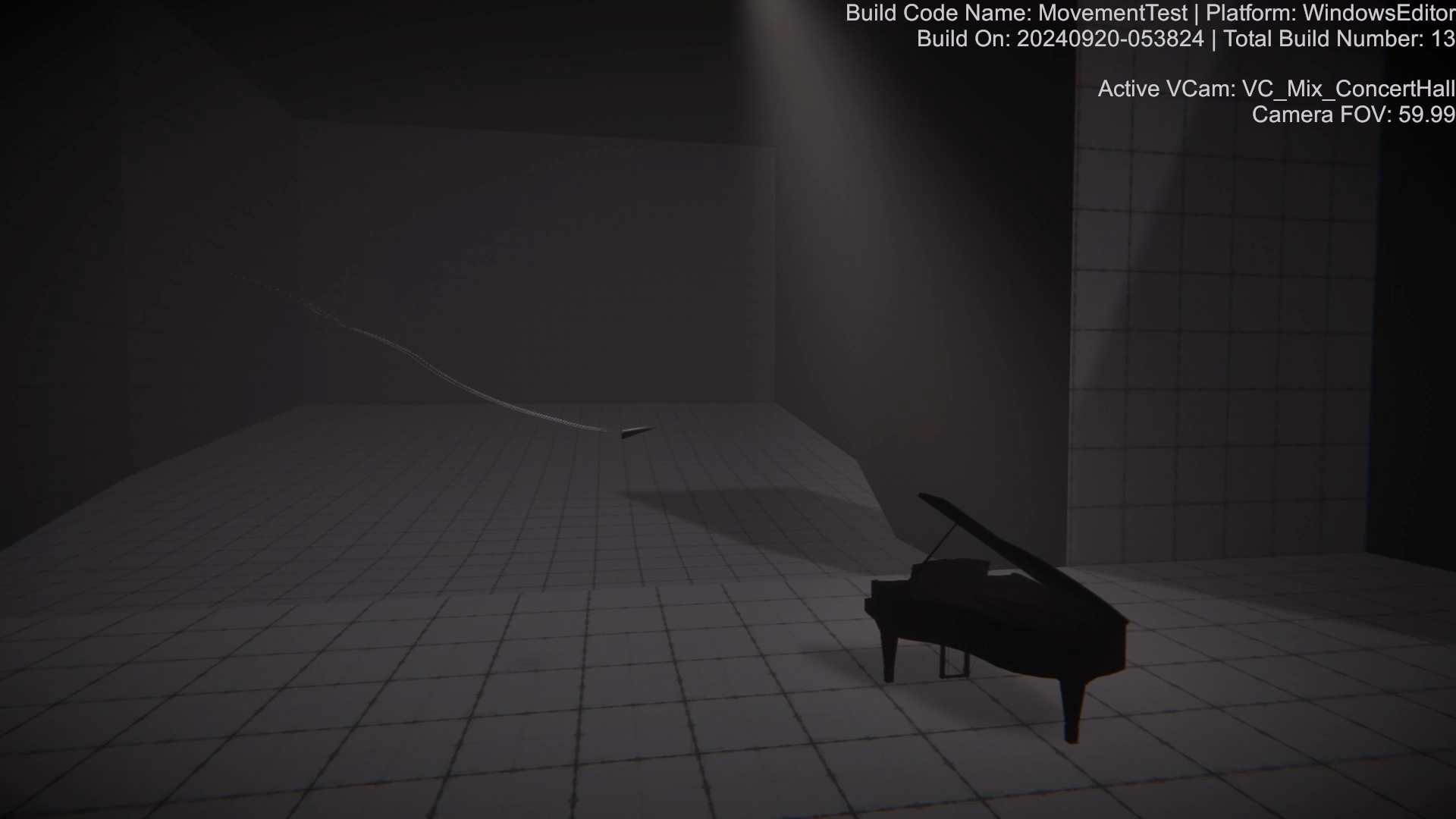
The minimalism of Drifted extends to its controls. It isn't exactly a platformer since you're not jumping but only controlling the direction of the paper plane as it glides upwards or downwards, which also affects its speed (you could perhaps consider it an auto-runner).
There is however a mechanic that I didn't realise was there until I checked the controls in the menu later, which allows you to flip the plane in a 360-degree loop.
"When I was implementing the tilt angle calculation of the plane, I forgot that in Euclidean angles, angles larger than 360 are identical to the remainder that is divided by 360, but in a continuous action, so it actually rotates a full circle before it reaches the final rotation," he explains.
"So the flip mechanic was actually a bug that became a feature that kinda slows down the plane horizontally so players can buy time to pass some time-based obstacles. Also, it looks fancy. I would describe it as the honk button in the Untitled Goose Game – a button that gives the player positive feedback, and people feel good pressing it."
Drifted is coming soon to PC, and you can wishlist it on Steam.
For more inspiration, see our other features on indie game devs.
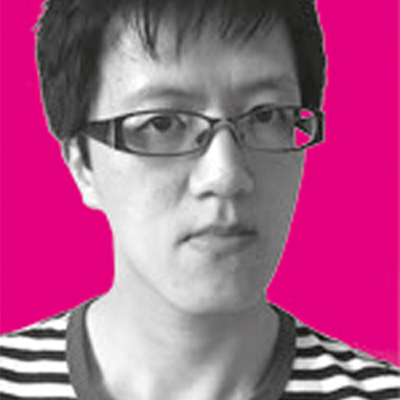
Alan Wen is a freelance journalist writing about video games in the form of features, interview, previews, reviews and op-eds. Work has appeared in print including Edge, Official Playstation Magazine, GamesMaster, Games TM, Wireframe, Stuff, and online including Kotaku UK, TechRadar, FANDOM, Rock Paper Shotgun, Digital Spy, The Guardian, and The Telegraph.
You must confirm your public display name before commenting
Please logout and then login again, you will then be prompted to enter your display name.
